To confirm the legal validity of an official document in a foreign country, the local authorities may require it to be certified by an apostille. What does this act of authentication consist of? Which documents are affected by the apostille? And what special requirements apply to China?
News
Whether you are working on an internationalisation project, setting up a business abroad, or exporting to the global market, being able to communicate without language barriers is crucial. This is why, whatever your field of activity (medical, financial, legal, industrial, marketing etc.), Optilingua will ensure that you benefit from the services of a specialist translator, who translates into their mother tongue. Our translation, interpreting and other language services are available in more than 100 languages, from the rarest to the most widely spoken languages in the world.
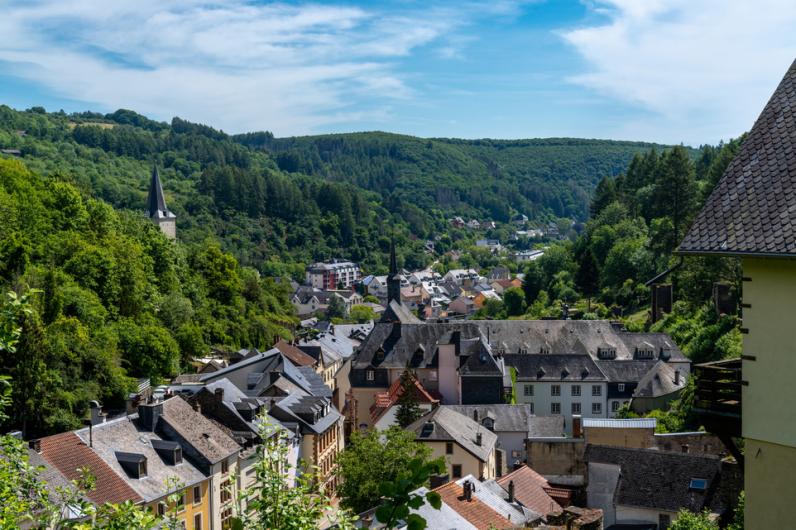
Luxembourg, or the Grand Duchy of Luxembourg, is a small country in Western Europe with a population of around 660,800. Bordered by Belgium, Germany and France, the country covers an area of 2,586 km2, making it one of the smallest states in Europe. The country is home to a highly cosmopolitan population, many of whom are of Portuguese origin. Here's an overview of the origins and history of Portuguese emigration to the Grand Duchy and the key statistics about the Portuguese in Luxembourg.
Read more
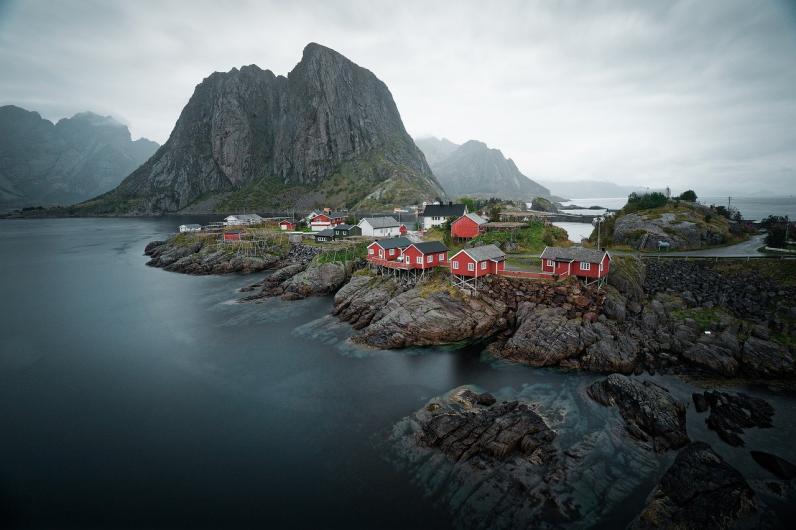
Norway borders the North Sea in the south and the Barents Sea in the north. Accordingly, the country's climate is divided into two parts. In the north and north-east there is a continental climate with warm summers and very cold winters in which minus 40 degrees is common. In the south of the country the climate is much milder and even in winter it snows only occasionally, while in the far north winter sports are possible almost all year round. The Norwegians invented skiing and are the most successful nation at the Winter Olympics.
Read more

Easy-to-understand instructions for use are essential for many products because modern devices now have multiple functions and are also made up of different materials. Detailed information on use and care is a must for your customers and high-quality translations into different languages strengthen the relationship between companies and customers worldwide. Here we have summarised some valuable tips and suggestions for translating a user manual.
Read more
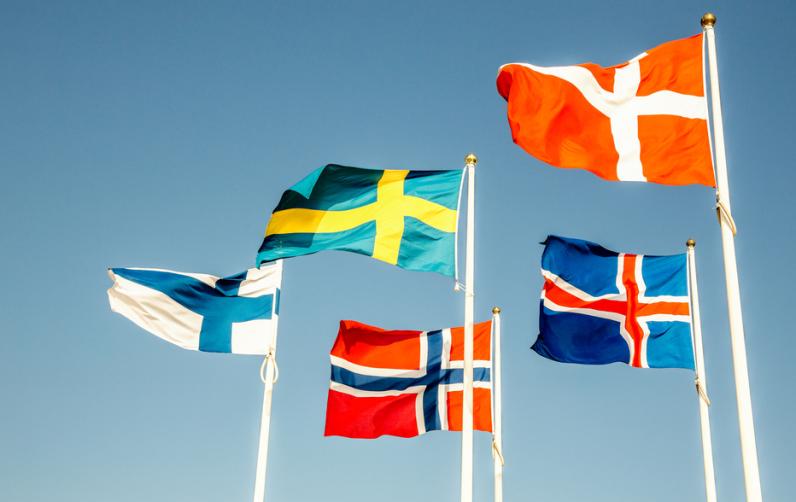
The North Germanic language group, which is often referred to as Scandinavian languages, comprises of five languages, and is a subgroup of the Germanic languages.
In addition to Norwegian, Danish, Swedish, and Icelandic, Faroese is also part of this language group, which is spoken by about 20 million people.
Read more

A will, also known as a Last Will and Testament, is an order made by someone specifying in writing what is to happen to their property after their death. If there is no will, the intestate succession comes into play, which specifies exactly in which order the family members inherit. The time and place that the will was made are among the few mandatory details and, of course, the testator must sign it. Depending on the country, a typed sheet with a signature is often only valid if a notary was present when it was signed.
Read more
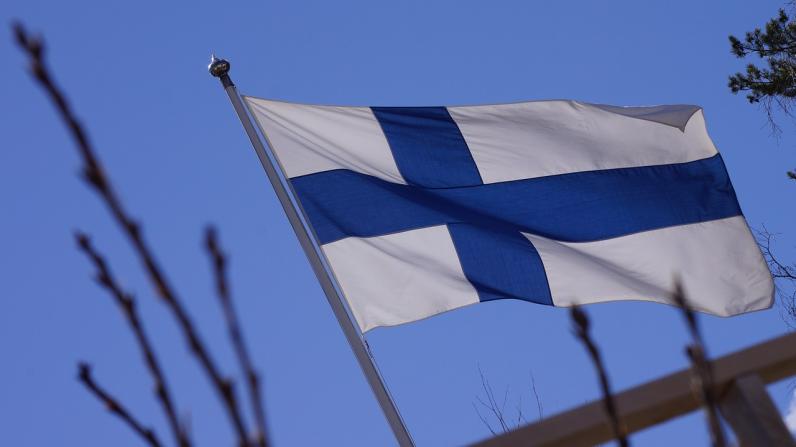
The Finns call their own country Suomi, which can be translated as swampland. The Finnish lake district was formed by large amounts of melt and rainwater that formed a large lake about 400 km long about 6,000 years ago. The country's cold temperate climate provides ideal conditions for many animals, and in addition to bears, lynxes and wolves, rare bird species are also at home here at the many lakes.
Read more
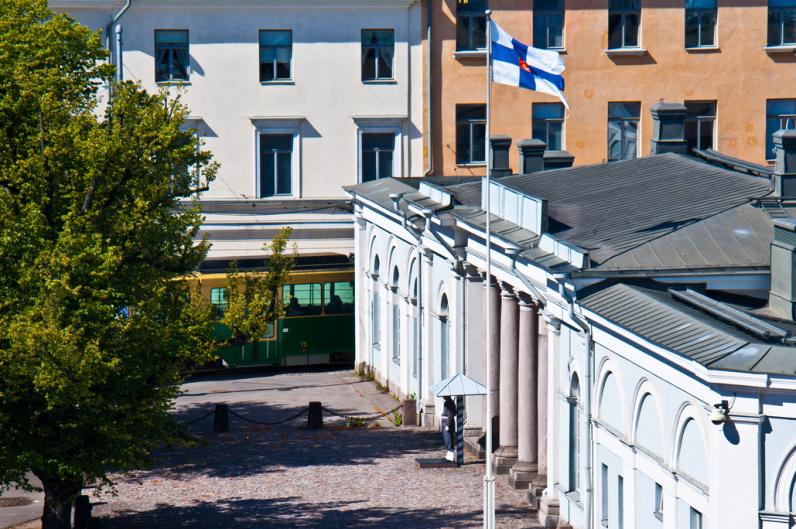
A Nordic country with a high quality of life, a prosperous economy and an innovative spirit, Finland has a lot to offer foreign businesspeople. Do you dream of starting a business in Finland? Here's what you need to know.
Read more
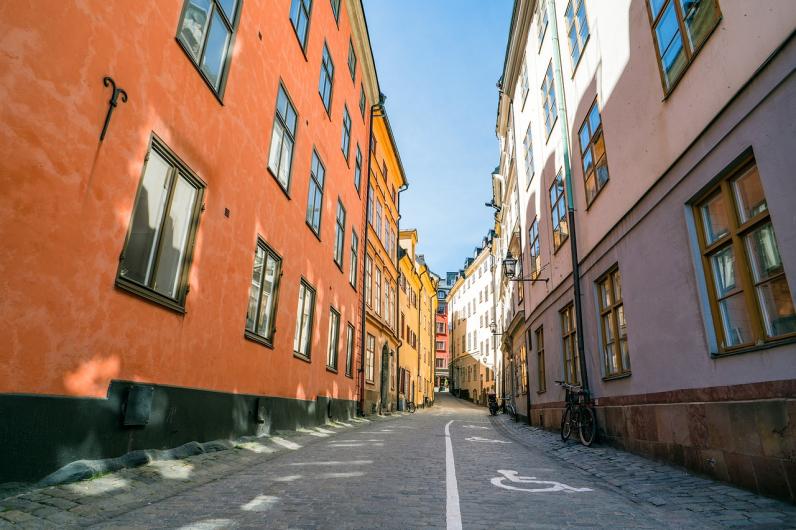
The Vikings are probably the most famous Swedes of all and their expeditions and raids were feared for about 200 years from the year 800. Today, there are exhibitions, museums, and interactive experiences about the Viking people all over the country. The extent of the country from north to south is remarkable. There are 1,500 kilometres from north to south, which also explains the climatic differences between the country's regions.
Read more

Do you need a translation of your Certificate of Incorporation – your company's "identity card" – to do business in a foreign country? Below we discuss how to have this essential legal document translated.
Read more
Pagination
